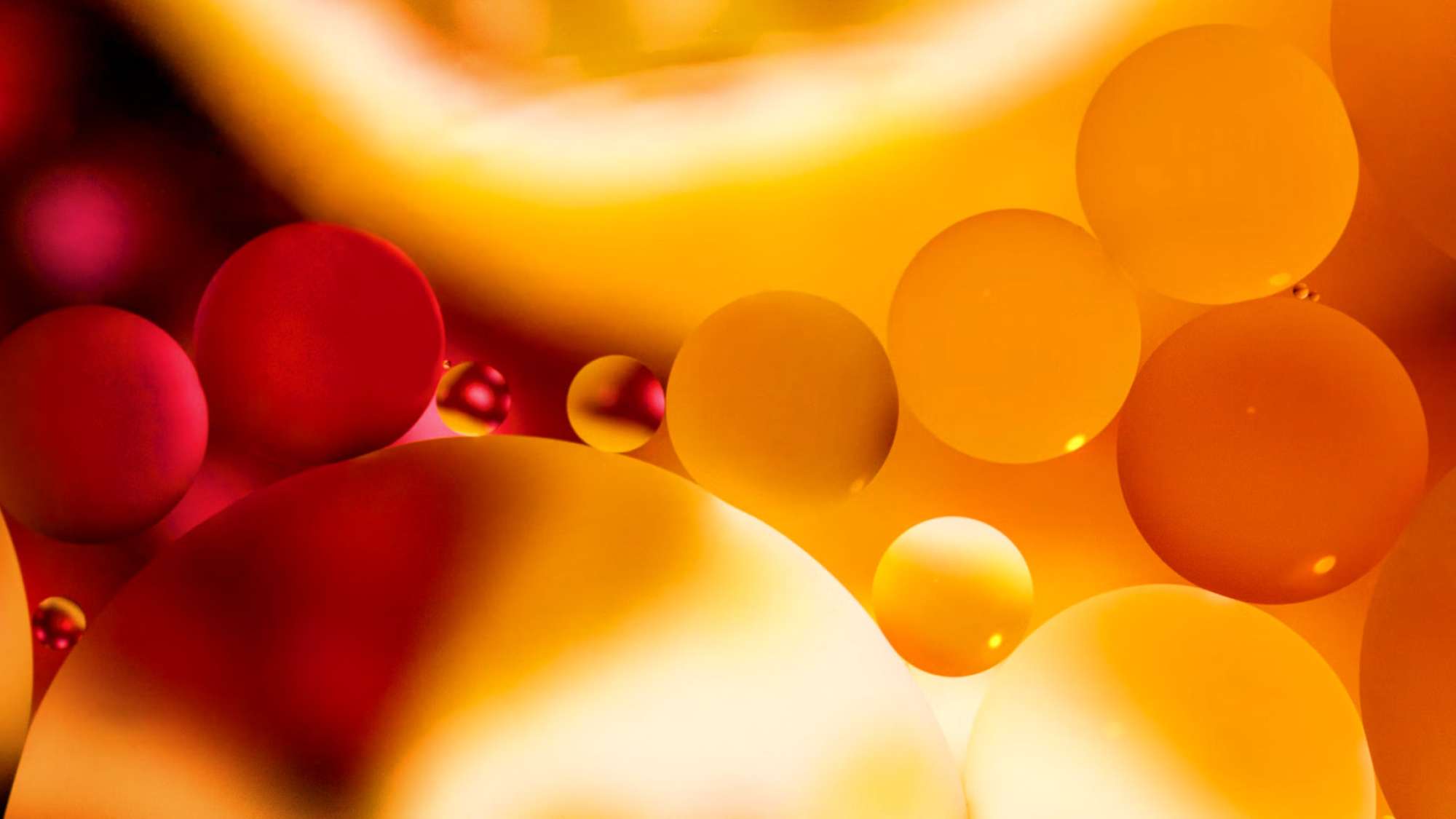Carotenoids play vital roles in biological oxygenation. In plants, they regulate the trans-membrane transport of molecular oxygen released during photosynthesis, while in animals, they support oxygen transport, storage, and metabolism. With over 1000 known carotenoids, they can be classified as xanthophylls (containing oxygen) and carotenes (without oxygen).
The color of carotenoids, ranging from pale yellow to deep red, directly correlates with their structure. Within the conjugated system of the molecule, electrons move freely. Increasing the number of conjugated double bonds expands electron mobility, requiring less energy for state changes. Consequently, the molecule absorbs light at lower energy levels, resulting in a red appearance as longer wavelengths from the visible spectrum are absorbed.
The vast diversity of carotenoids, with over 1000 known types, poses a unique analytical challenge. Mastering the analysis of these compounds across a wide range of sample types requires exceptional skills and experience. At Vitas, we excel in this domain, with our team possessing the rare expertise needed to accurately analyze and quantify carotenoids in various samples.
Contact us to find out more about our Carotenoid Analytical Services




